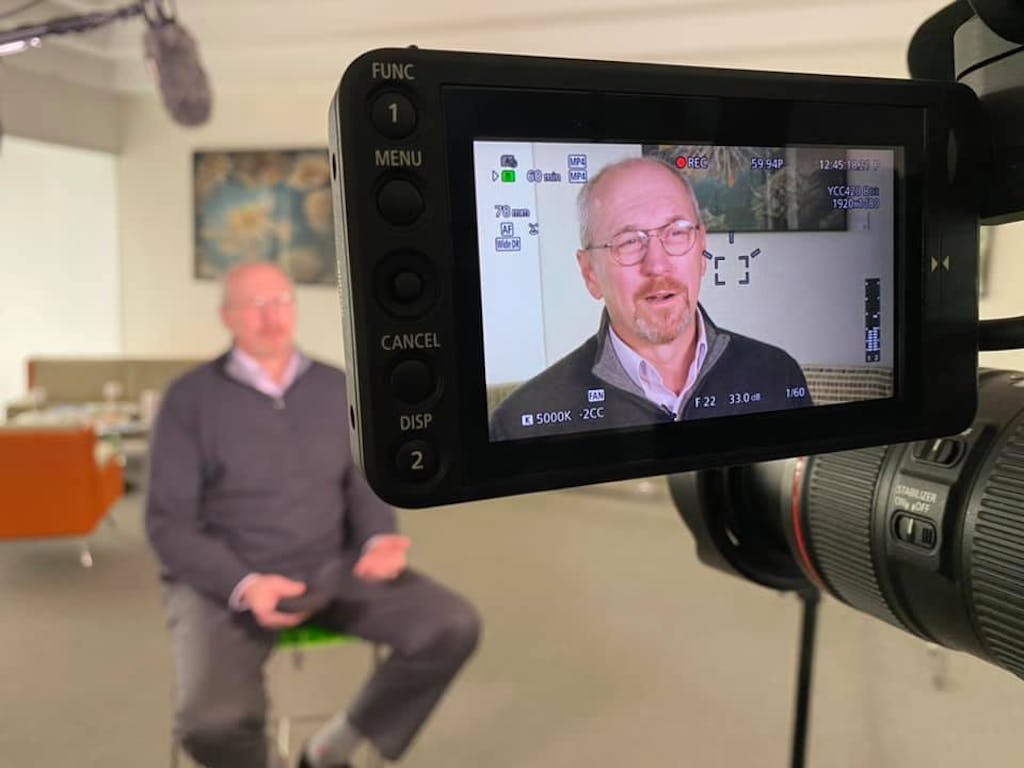Penn, Harvard, MIT, Antisemitism, and The Case For Media Training
Sometimes a one-word answer is all that it takes.
Say, for example, you’re the president of an Ivy League School, and you’re asked if calling for the genocide of an entire population of people constitutes bullying or harassment.
A simple “yes” will suffice. (“Absolutely” would have been better.) It will keep you out of the headlines, prevent calls for your resignation, and not thrust your university into a firestorm that leads to emergency meetings and leadership shakeups. And what’s infinitely more important is that “yes” is the only moral and right answer. A proper response to calls for wiping Jews off the face of the planet is not dependent upon the context of those calls, as was argued before Congress. Why would three heads of America’s most prestigious educational institutions say anything but “yes”? It’s not like they weren’t ready for the question. They prepared for it.
The now former board chairman of the University of Pennsylvania, Scott L. Bok, defended his now-former president, Elizabeth Magill — both almost immediately resigned— claiming that Magill was “over-prepared and over-lawyered”. Exactly. As a thirty-year television news reporter-turned media trainer, I’ve put thousands of people on tv. And I’m pretty well versed at hearing wince-worthy responses the second they’re spoken into a microphone. They’ll not only make the news every time, they’ll almost always lead the news.
Much of our media training curriculum is focused on preparing your message. And to former Chairman Bok’s point, a “lawyered-up” message usually doesn’t cut it. A lawyer’s job is to prevent lawsuits. What the public demands is authenticity. Yes, in fact, you can be an Ivy League school, encourage academic freedom and diversity of thought and still recognize that not every thought is worth protecting. Calls for genocide, for example.
Damage control, cleanups, and clarifications went into overtime this weekend. But as the saying goes, you never get a second chance to make a good first impression. In today’s world, it’s imperative that you get it right the first time. This is what happens when you don’t.

 Business ownership can be a circus. Three-ring, five-ring, hundred-ring, all vying for your attention at once. What’s the key to pleasing your clients, running your business, and still finding time to actually market it? Effective juggling. Sounds hard.
Turns out, it doesn’t have to be. That’s the takeaway from a great new book I just finished, written by a colleague and friend.
And I’m not recommending
Business ownership can be a circus. Three-ring, five-ring, hundred-ring, all vying for your attention at once. What’s the key to pleasing your clients, running your business, and still finding time to actually market it? Effective juggling. Sounds hard.
Turns out, it doesn’t have to be. That’s the takeaway from a great new book I just finished, written by a colleague and friend.
And I’m not recommending 






